
Hoang Loc commune's traffic infrastructure has been invested and expanded to create space for socio -economic development and improve people's lives.
On July 11, 2025, the Politburo issued Conclusion No. 177-KL/TW on continuing to build, organize and operate two-level administrative units, emphasizing the task of "reviewing and adjusting the (new) commune-level planning". This is the key point paving the way for the process of restructuring the development space in the entire Thanh Hoa province after the merger of administrative units.
Implementing the Central's direction, the Standing Committee of Thanh Hoa Provincial Party Committee has issued important documents, including Conclusion No. 3955-KL/TU dated July 16, 2025, requesting localities to urgently develop new commune-level planning, ensuring synchronization with provincial planning and sectoral planning. In that spirit, the Provincial People's Committee has developed a plan to implement urban and rural planning for 166/166 communes, wards and towns in the whole province - a step demonstrating high political determination, long-term vision and a comprehensive approach.
According to the report of the Provincial Party Committee, the whole province will establish or adjust 166 commune-level planning projects, including 21 wards and communes in the urban areas of Thanh Hoa City, Sam Son, Bim Son and Nghi Son (formerly); 23 communes in the new urban areas of Hoang Hoa, Quang Xuong, Tho Xuan (formerly) and 74 communes that need to establish completely new planning. All of this is to ensure connectivity and connection in the development of urban and rural spaces, in accordance with the provincial planning orientation for the period 2021-2030, with a vision to 2045.
In the overall planning, central urban areas such as Thanh Hoa, Sam Son, Bim Son, Nghi Son (formerly) continue to have their general planning and zoning plans adjusted to expand development space, creating a chain of interconnected urban areas oriented to build new type IV urban areas, becoming satellite growth poles, spreading momentum to neighboring areas.
Notably, Nghi Son Economic Zone is identified as the strategic driving force of the southern part of the province, with a series of new zoning plans being implemented, including Industrial Park No. 19, Urban Area No. 17, Ecological Zone ST-05, and synchronously updated into the general economic zone plan. This approach helps Thanh Hoa maximize its advantages in the sea, industry, logistics and tourism - in line with the direction of Provincial Party Secretary Nguyen Doan Anh: "The coastal space must be considered a driving force, an open livelihood space, not just an administrative boundary".
In addition, mountainous and border areas such as Muong Lat, Quan Son, and Lang Chanh (formerly) are oriented to develop in association with forest protection, maintaining border security, promoting eco-tourism and community tourism, creating opportunities for livelihood transformation for ethnic minorities.
By 2030, Thanh Hoa aims to reach an urbanization rate of 50% (currently 40.55%) and 65% by 2050 - a growth rate that reflects a long-term vision in managing harmonious and sustainable urban-rural spatial development.
For the first time, Thanh Hoa has set specific standards for the design of administrative centers at the commune and ward levels - such as a minimum land fund of 2 hectares for the headquarters of the Party Committee, People's Council, People's Committee, and Fatherland Front, 1 hectare for the commune police headquarters, and 0.5 hectares for the commune military command. This is not only a standard for area, but also an orientation for modern architectural forms, creating landscape highlights and symbols of new administrative civilization.
In the planning of commune and ward centers, administrative, cultural, sports and service infrastructure are integrated synchronously - towards the model of "multi-functional center" serving the people. In addition, planning projects encourage the arrangement of parks, squares, libraries, museums and sports centers, to create public spaces connecting the community, contributing to improving the quality of life and urban identity.

Developing urban space creates conditions to improve people's lives.
Along with that, the planning also requires additional land funds for the development of new residential areas, urban areas, commercial - service land, industry and high-tech agriculture, meeting the orientation of restructuring the local economy. In particular, coastal areas will be planned to be closely linked with logistics infrastructure, tourism and marine economy, forming a coastal development belt from Sam Son to Nghi Son, opening up a unified marine economic space axis.
However, if planning is considered a “blueprint for the future”, then planning is not just a technical drawing or an administrative file for investment licensing. Planning, in the broadest and most complete sense, is the thinking of organizing development space - where the economic, social, residential, cultural and environmental structures are shaped, ensuring harmonious, sustainable and long-term development. A good plan will open up opportunities. A wrong plan will cause waste, obstruction and even loss of inherent advantages. In the context of globalization and development model transformation, planning is no longer a technical story, but a political - economic - social tool, demonstrating the governance capacity and leadership vision of the locality. Therefore, this planning is considered “planning of institutional innovation, planning of human living space development”, not just land or infrastructure planning.
In order for each region to have its own role and position in the unified development map, towards the goal of "harmonious development between urban and rural areas, between lowland and highland areas", in urban and rural planning, it is necessary to fulfill the political mission - creating a new development space for Thanh Hoa, creating an era of sustainable development, improving people's lives and arousing the aspiration for prosperity of all people. From today's planning vision, it is hoped that Thanh Hoa will have a new look - a harmonious, modern, connected development space rich in Vietnamese identity.
Article and photos: Minh Hieu
Source: https://baothanhhoa.vn/quy-hoach-do-thi-va-nong-thon-nen-tang-kien-tao-khong-gian-phat-trien-267632.htm







![[Photo] Closing of the 14th Conference of the 13th Party Central Committee](https://vphoto.vietnam.vn/thumb/1200x675/vietnam/resource/IMAGE/2025/11/06/1762404919012_a1-bnd-5975-5183-jpg.webp)




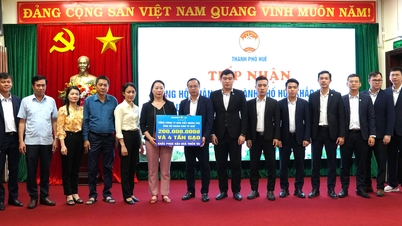


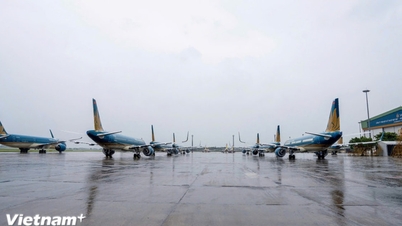






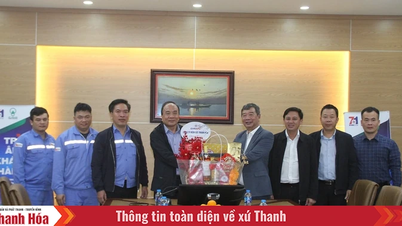
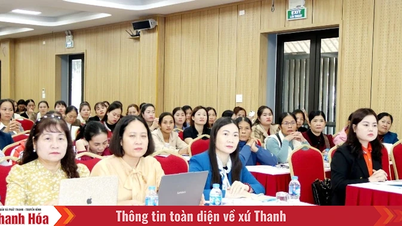
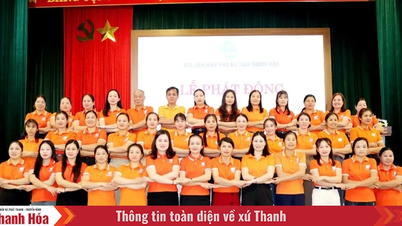

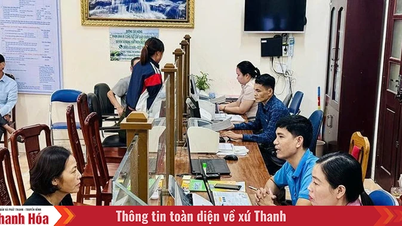




















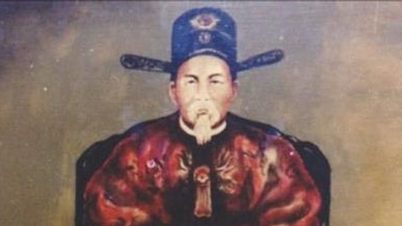










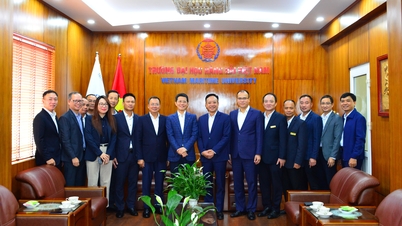













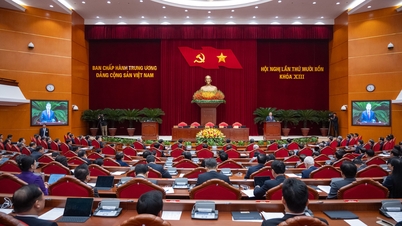

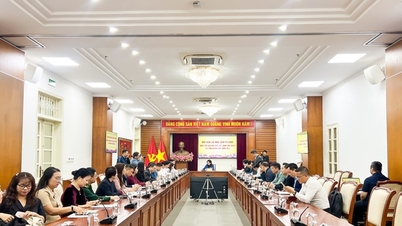






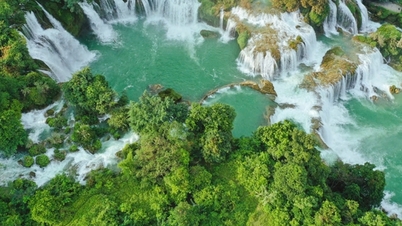


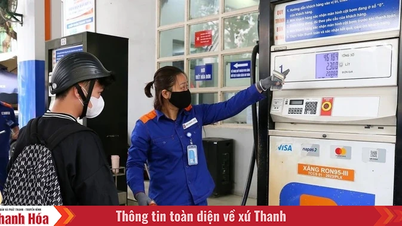






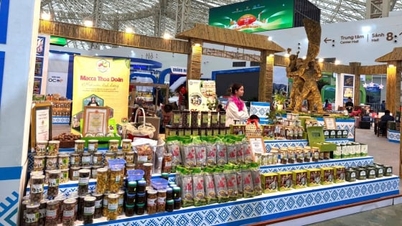







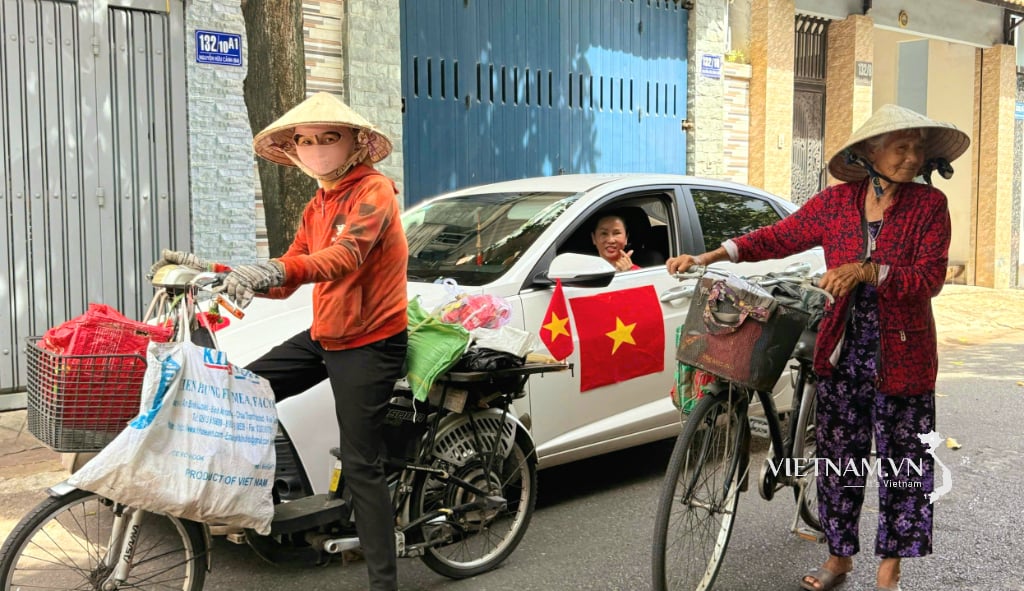



Comment (0)